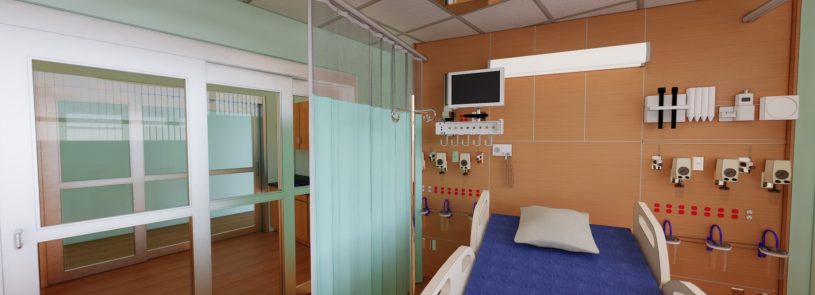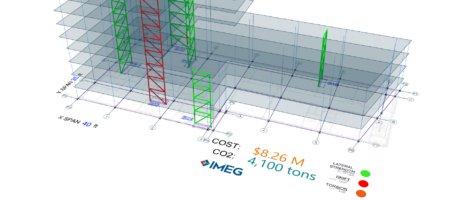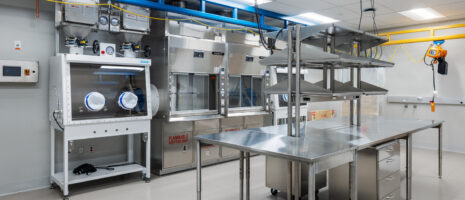Acuity Adaptability: Flexibility, faster response, among its many benefits

Third in a series of excerpts from the free executive guide, “Acuity Adaptability: Innovative Planning and Design for Responsive Healthcare Delivery.”
By Mike Zorich and Corey Gaarde
Flexibility is the primary benefit of acuity adaptable healthcare design, allowing facilities to adapt to the needs of the patients and communities they serve. Since most facilities have tight space constraints, the ability to adapt inpatient rooms or support spaces during surge events is a valuable prospect.
Required level of care where needed is also a major benefit. Patients who arrive at acuity adaptable facilities are less likely to need to be transferred to another facility – and incur the incumbent risks of transfer – since the staff likely has the training and capability to treat conditions of varying severity, especially in remote, rural, or small hospitals.
Additional benefits of acuity adaptability in healthcare design include:
- Greater capacity to respond to emergencies with agility, thereby improving the resiliency of hospitals, units, or departments
- Fast response at low cost by reducing the need for patient transfers and increasing the available hours for nurses and providers to offer direct care
- Reduction in the number of hours rooms are vacant due to patient transfers
- Standardization and prefabrication of all rooms and units in a modular fashion, improving quality and saving on construction time and cost
- Maximization of technology investment, enabling continuity in delivery, improved resource management, and opportunities for cost savings
Our next blog will explore the drawbacks and challenges of acuity adaptable design.
Previous: Acuity Adaptability: Components of healthcare design
Next: Acuity Adaptability: Drawbacks and challenges
For an unabridged version of this content, download the executive guide, “Acuity Adaptability: Innovative Planning and Design for Responsive Healthcare Delivery.” A recorded webinar on the topic is also available.













